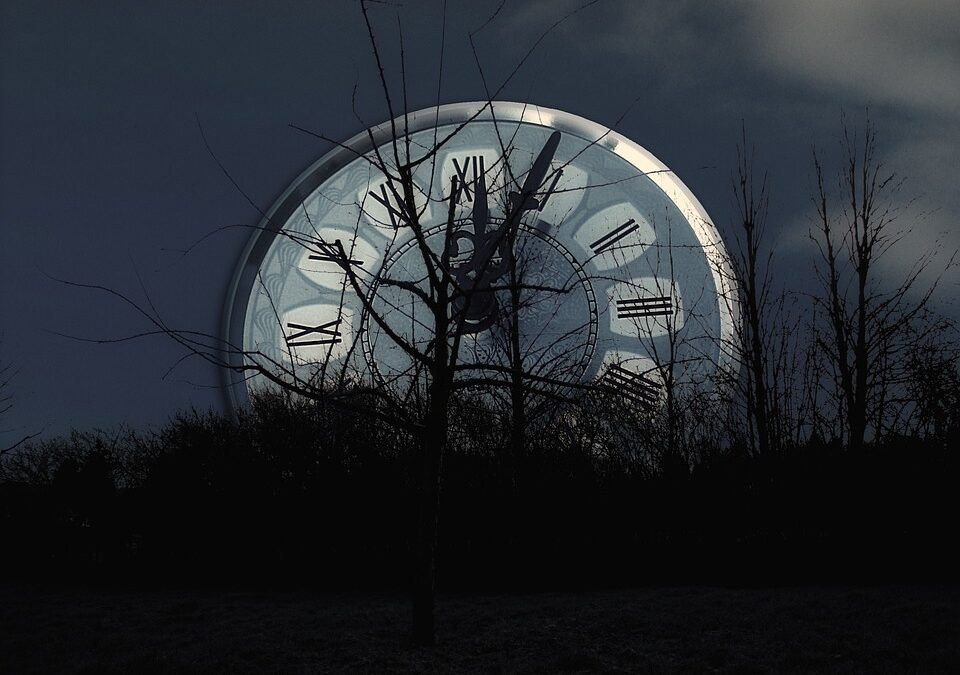Unveiling the Secrets of the Rebirth: New Research Sheds Light on the Universe’s Rejuvenation
The universe has always been a source of fascination and mystery for humanity. With its vastness and countless celestial bodies, it continues to captivate scientists who strive to understand its origins and workings. Recent research has shed light on the concept of the universe’s rejuvenation, uncovering fascinating secrets that have long been hidden.
The Cycle of Rebirth
According to the latest findings, the universe undergoes a cyclical process of birth, expansion, contraction, and rebirth. This concept challenges the traditional notion of a linear timeline, suggesting that the universe has experienced multiple rebirths throughout its existence.
Researchers have studied various aspects of the universe, including the formation and evolution of galaxies, the behavior of dark matter and dark energy, and the cosmic microwave background radiation. By analyzing these elements, scientists have been able to piece together a comprehensive understanding of the universe’s rejuvenation.
The Birth and Expansion
Scientific evidence suggests that the universe was born around 13.8 billion years ago in an event known as the Big Bang. At this moment, all matter and energy were concentrated into an incredibly dense and hot singularity. Following the Big Bang, the universe rapidly expanded, creating the space-time fabric we know today.
During this expansion phase, matter started to clump together under the influence of gravity, forming galaxies, stars, and other celestial bodies. These structures continued to evolve over billions of years, shaping the universe as we observe it today.
The Contraction and Rebirth
While the expansion of the universe has been well-documented, recent research has revealed that this process is not indefinite. Instead, the universe is subject to a gravitational pull that gradually slows down and reverses its expansion. This leads to a contraction phase, in which galaxies and other structures move closer together.
As the universe contracts, it becomes denser and hotter. Eventually, it reaches a critical point known as the “Big Crunch,” where the entire universe collapses back into a singularity, much like the initial state before the Big Bang. This marks the end of one cosmic cycle and the beginning of another.
New Research Findings
Advanced telescopes, sophisticated computer simulations, and innovative theories have allowed scientists to delve deeper into the mysteries of the universe’s rejuvenation. Recent research findings have provided valuable insights into various aspects of this process:
- Dark Energy: Dark energy, a mysterious force responsible for the accelerating expansion of the universe, plays a crucial role in the cycle of rebirth. Scientists are exploring its nature and behavior to understand how it influences the fate of the universe.
- Cosmic Microwave Background Radiation: The remnants of the Big Bang, known as cosmic microwave background radiation, provide important clues about the early stages of the universe. Researchers have analyzed these faint signals to better understand the mechanisms behind the birth and evolution of galaxies.
- Galaxy Formation and Evolution: By studying the formation and evolution of galaxies, scientists have gained insights into the larger processes at play during the rejuvenation of the universe. They have discovered how galaxies merge and interact, shaping the cosmic landscape.
- Black Holes and Dark Matter: Black holes and dark matter, two enigmatic components of the universe, have been the subject of extensive research. Scientists aim to understand their role in the cycle of rebirth, as well as their influence on the overall structure and dynamics of the universe.
FAQs
1. Can the cycle of rebirth be observed?
No, the cycle of rebirth happens over an incredibly long timescale and extends far beyond the current age of the universe. However, scientists can study the remnants and patterns left behind by previous cosmic cycles to make inferences about the rejuvenation process.
2. Are there any other theories about the universe’s rejuvenation?
While the cyclical model of rebirth is gaining support among scientists, other theories, such as the Big Freeze or the Big Rip, propose different scenarios for the universe’s future. These theories suggest either a gradual freezing or a rapid tearing apart of the universe, respectively.
3. How does the cycle of rebirth affect life in the universe?
Given the immense timescales involved in the cycle of rebirth, its impact on life forms within the universe is uncertain. However, if life exists elsewhere in the universe, it would likely have to adapt to the changing conditions brought about by the cycle.
4. Can we predict when the next rebirth will occur?
As of now, predicting the exact timing of the next rebirth is beyond our scientific capabilities. The cycle operates on a timescale that surpasses our understanding, and more research is needed to gain a clearer understanding of the mechanisms involved.
In conclusion, the universe’s rejuvenation is a captivating topic that continues to intrigue scientists. Through ongoing research, we are gradually uncovering the secrets behind this cyclical process, shedding light on the mysteries of our vast cosmos.

